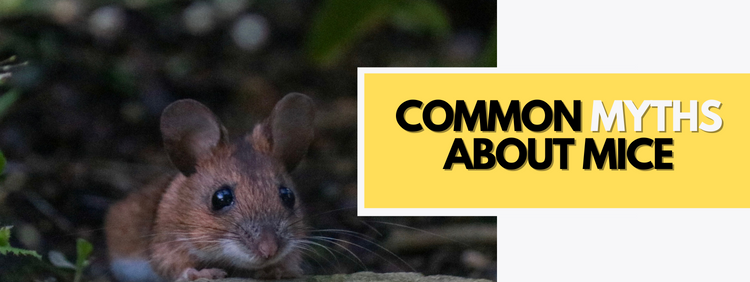 Mice are small animals that pose a threat disproportionate to their size. The most effective way to get rid of them is through professional mice control. Because mice are nocturnal, people rarely get a chance to observe them in action, which leads to misunderstandings about them. The more you know about mice, the more information you can give to the mice exterminator you hire to get rid of them, who will then be able to do the job more efficiently.
Here are some common mouse myths and the truth behind each.
Mice are small animals that pose a threat disproportionate to their size. The most effective way to get rid of them is through professional mice control. Because mice are nocturnal, people rarely get a chance to observe them in action, which leads to misunderstandings about them. The more you know about mice, the more information you can give to the mice exterminator you hire to get rid of them, who will then be able to do the job more efficiently.
Here are some common mouse myths and the truth behind each.
 Mice are small animals that pose a threat disproportionate to their size. The most effective way to get rid of them is through professional mice control. Because mice are nocturnal, people rarely get a chance to observe them in action, which leads to misunderstandings about them. The more you know about mice, the more information you can give to the mice exterminator you hire to get rid of them, who will then be able to do the job more efficiently.
Here are some common mouse myths and the truth behind each.
Mice are small animals that pose a threat disproportionate to their size. The most effective way to get rid of them is through professional mice control. Because mice are nocturnal, people rarely get a chance to observe them in action, which leads to misunderstandings about them. The more you know about mice, the more information you can give to the mice exterminator you hire to get rid of them, who will then be able to do the job more efficiently.
Here are some common mouse myths and the truth behind each.

